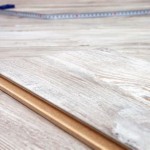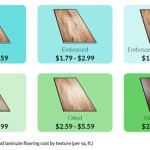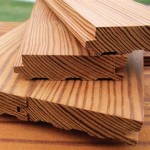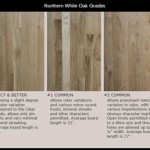Essential Aspects of Hardwood Flooring Underlayment
Hardwood flooring underlayment plays a crucial role in enhancing the performance and longevity of your hardwood floor. It provides a stable and supportive base, reduces noise, and improves comfort underfoot. Understanding the essential aspects of underlayment is key to making an informed decision when installing your new hardwood floor.
Purpose and Types:
Underlayment is a layer of material placed between the subfloor and the hardwood flooring. It serves multiple purposes:
- Moisture barrier: Protects the hardwood from moisture coming from the subfloor.
- Sound dampening: Absorbs and reduces noise and vibrations from the floor.
- Thermal insulation: Provides a protective layer against cold from the subfloor.
- Flattening surface: Compensates for unevenness in the subfloor, ensuring a smooth surface for the hardwood.
Underlayment materials include: felt, cork, rubber, foam, and plywood. Each material has its unique properties, such as thickness, durability, and noise reduction capabilities.
Thickness and Density:
The thickness of the underlayment affects the overall performance of the flooring. Thicker underlayment provides better sound reduction and cushioning, but it can also raise the finished floor height. The density of the underlayment determines its durability and ability to withstand weight and impact.
Vapor Barrier Properties:
A vapor barrier is a layer within the underlayment that prevents moisture from rising from the subfloor into the hardwood. This is crucial in areas with high humidity or moisture levels. A vapor barrier helps prevent buckling, warping, and other moisture-related issues.
Sound Absorption Properties:
Underlayment materials vary in their ability to absorb sound. If noise reduction is a priority, choose an underlayment with a high sound insulation rating (STC). Cork and rubber underlayment are known for their excellent sound dampening properties.
Compatibility with Flooring:
Ensure the underlayment is compatible with the type of hardwood flooring being installed. Different types of hardwood flooring have specific requirements for underlayment thickness and moisture barrier properties. Refer to the manufacturer's instructions for specific recommendations.
Installation Considerations:
Proper installation of the underlayment is essential to its effectiveness. Follow the manufacturer's guidelines carefully. Ensure the underlayment is laid smoothly and securely over the subfloor, with joints properly sealed to prevent moisture penetration.
By considering these essential aspects of hardwood flooring underlayment, you can make an informed decision that will enhance the performance and longevity of your hardwood floor. Remember to consult with professionals for expert advice and ensure proper installation to maximize the benefits of the underlayment.

Hardwood Floor Underlayment Ultimate Guide

Hardwood Flooring Underlayment Non Toxic Effective Green Building Supply

The Top Reasons Why You Need An Underlayment For Hardwood Floors

Does Wood Flooring Need Underlay Greyspace
The Best Underlayment For Every Type Of Flooring

Hardwood Floor Underlayment Options From The Forest Llc

Underlayment Buyer S Guide

Probase Rubber Underlayment For Engineered Hardwood Laminate Flooring Sound Seal

Underlay For Wood Laminate And Other Hard Flooring Direct

How To Choose Floor Underlayment Flooring Reviews Ers
Related Posts








